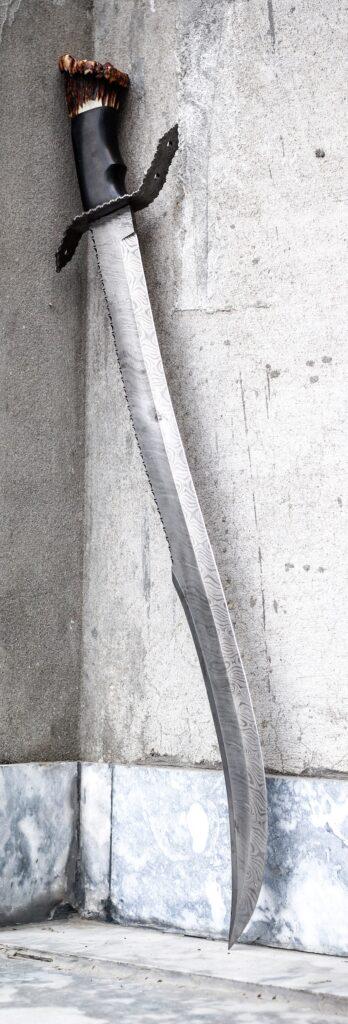
Tariq bin Ziyad is known as the conqueror of Spain and is recognized as one of the greatest Muslim commanders of all time. However, there is relatively little information about his origins or nationality.
There are three varying accounts of his origins: He was a Persian from Hamadan; he belonged to the Sadif clan; he was a Berber from Algeria. Spanish and Arab historians believe he was a slave of the emir of North Africa, Musa bin Nusayr, although his descendants dispute this claim.
Practically all information relating to Tariq is dated from 711 onwards as this is the year that he launched his invasion of Spain.
In the year 711, an oppressed Christian chief went to the governor of North Africa, Musa ibn Nusair, to ask for help to overthrow King Roderik. Musa responded by sending his finest general, Tariq bin Ziyad, with an army of around 10,000 troops.
When Tariq landed in Gibraltar in May he told his army to ‘burn their boats.’ They obeyed without question even though the enemy numbered 100,000. Tariq requested reinforcements and received an extra 7,000 men. Despite the numerical disadvantage, he won a brilliant victory at the Battle of Guadalete in July where the Spanish King Roderic was killed.
Tariq listened to experienced generals in his army and divided his troops into four divisions as they chased the defeated enemy to Toledo. They soon conquered Cordoba, Granada, Toledo and Guadalajara. When Musa heard about the success, he traveled to Spain with an army of 18,000 men in 712.
Together, the two generals conquered approximately two-thirds of the Iberian Peninsula as Saragossa, Barcelona, and Portugal were quickly taken. The Muslim army even made its way to France and conquered Lyons. It was the beginning of Muslim rule in Spain until 1492.
Hispania fared well as a conquered state by all accounts. The Muslims apparently didn’t confiscate estates or properties and imposed a system of taxation that was eventually modeled by the West. Serfdom was abolished, and a system of fair wages was introduced. Spain ultimately became one of the most prosperous nations in Europe at the time and by the 10th century; the capital Cordoba was one of the continent’s richest cities with a population of over 1 million people.
Tariq and Musa remained in Spain until Caliph Al-Walid I ordered them back to Damascus in 714 where they were honored. However, the Caliph was near his death and passed away in 715. His successor, Sulaiman, was less enamored by the two commanders and both men were accused of misappropriation of funds. Little else is known about the rest of Tariq’s life, only that he died in obscurity in Damascus in 720.
Reference: History Collection
Limited free articles. Subscribe for full access.

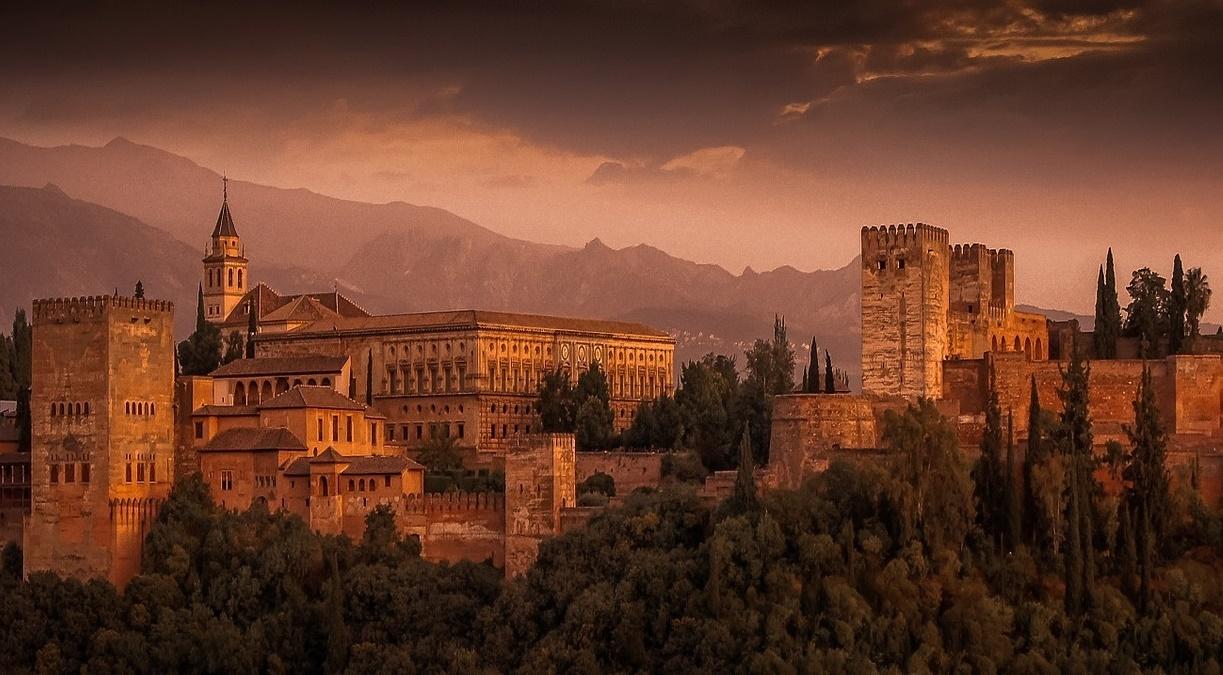

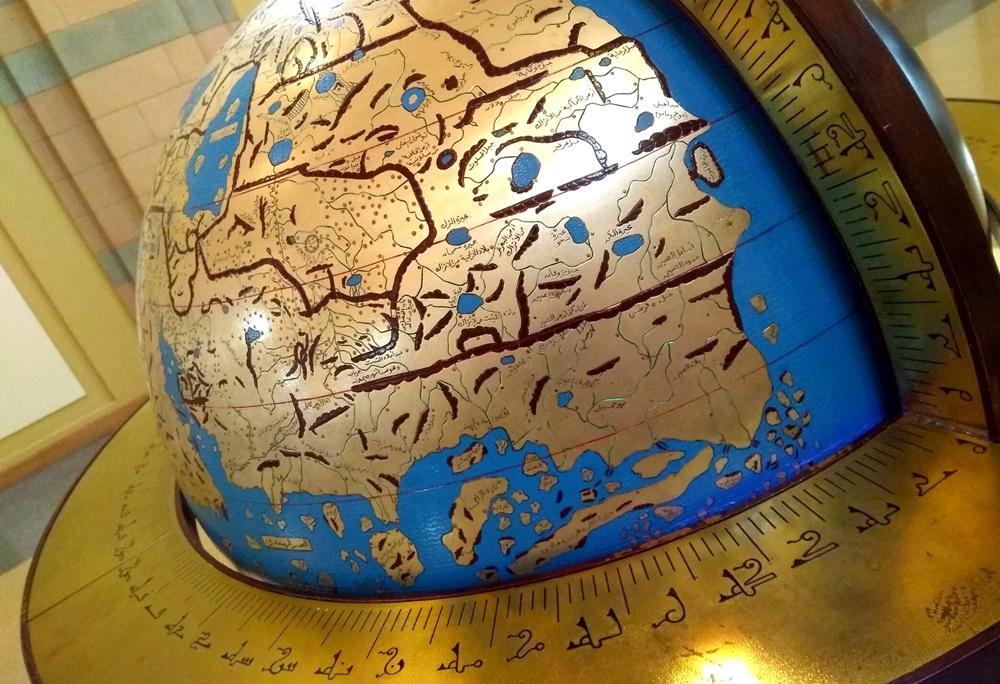

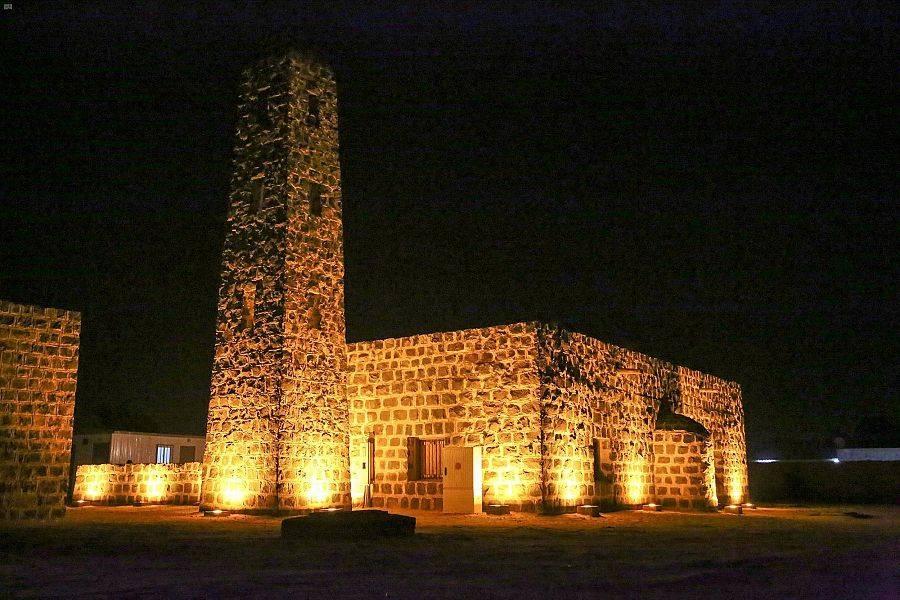
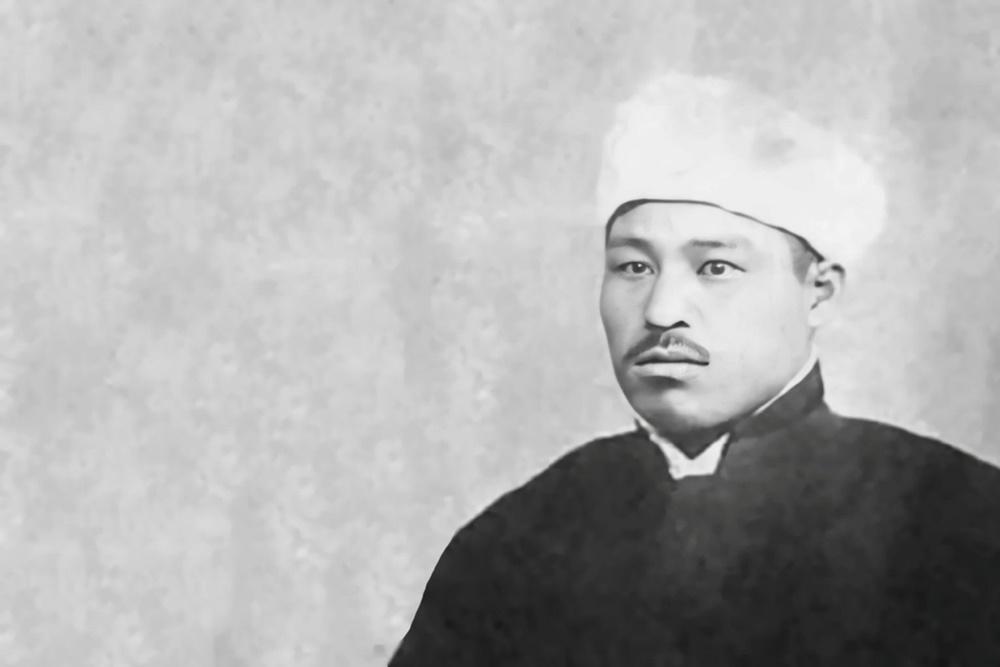

 Dr. Bilal Philips
Dr. Bilal Philips